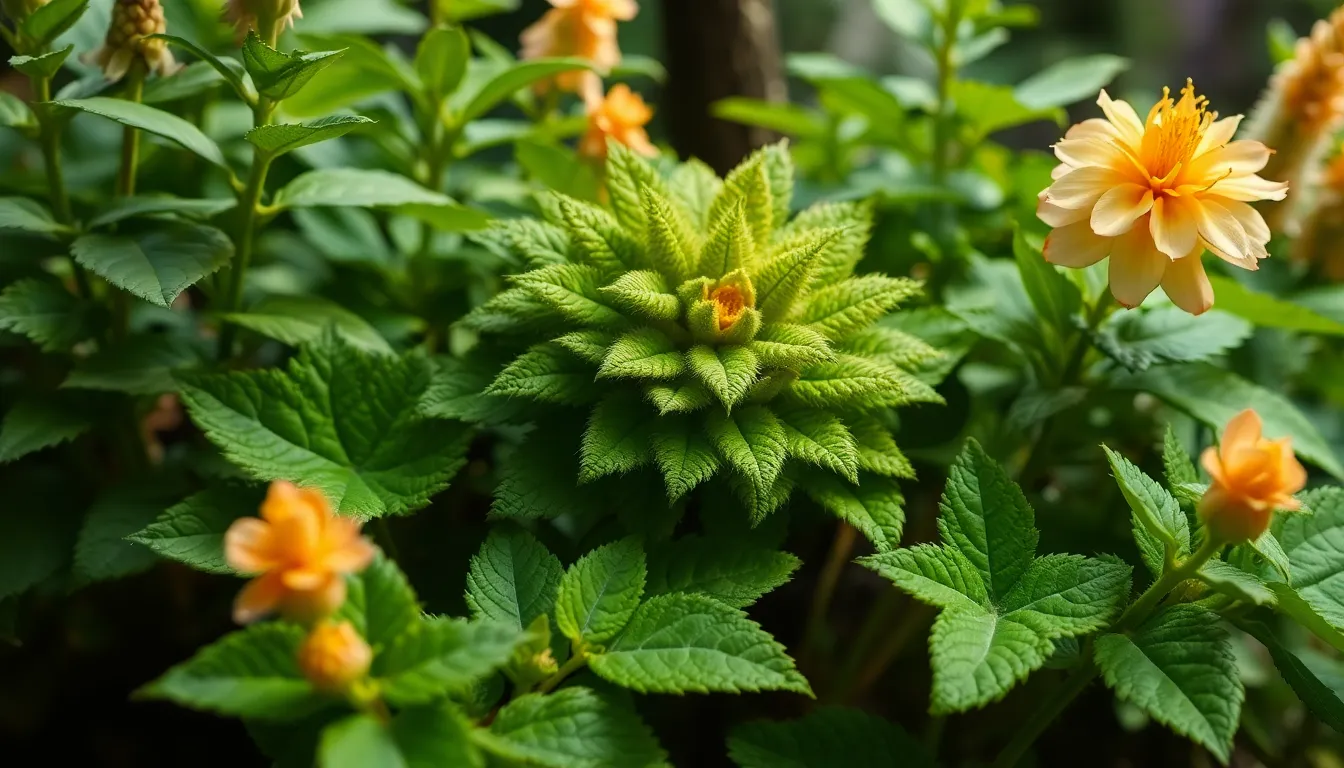Plant Myths That Will Change Your Gardening Forever
I. Introduction
Gardening is a rewarding hobby that allows individuals to connect with nature, grow their own food, and beautify their surroundings. However, many gardeners operate under misconceptions that can hinder their success. Understanding these gardening myths is crucial for both novice and experienced gardeners alike.
This article aims to debunk common gardening myths that can transform your gardening practices, leading to healthier plants and more productive gardens.
II. Myth 1: “You Must Water Your Plants Every Day”
One of the most pervasive myths is that daily watering is essential for plant health. In reality, the science of plant hydration is more nuanced.
Overwatering can be as harmful as underwatering, leading to root rot and other issues. Different plants have varying water needs, and factors like soil type, climate, and plant species play a vital role in determining how often you should water.
- Cacti and succulents: Require infrequent watering, often only every few weeks.
- Vegetables: Generally need more regular watering, especially during fruiting.
- Ornamental plants: May have diverse needs based on species.
Best practices include checking soil moisture levels and watering deeply but less frequently to encourage deep root growth.
III. Myth 2: “Organic Fertilizers Are Always Better Than Synthetic”
While organic fertilizers are often touted as the superior choice, the reality is more complicated. Organic and synthetic fertilizers each have their pros and cons.
Organic fertilizers release nutrients slowly and improve soil structure, while synthetic fertilizers can provide immediate nutrients and be more concentrated.
It’s important to consider:
- Soil testing to determine nutrient deficiencies.
- The specific needs of your plants.
- Environmental impact and sustainability practices.
In some cases, a combination of both types may be the best approach.
IV. Myth 3: “All Plants Need Full Sunlight to Thrive”
Many people believe that plants must be exposed to full sunlight to grow successfully. This is not true for all species.
Understanding plant light requirements is essential for healthy growth. Some plants thrive in shady conditions or partial sunlight.
Consider the following:
- Shade-loving plants: Species like ferns and hostas prefer low-light conditions.
- Partial sun exposure: Plants like astilbe and bleeding hearts benefit from filtered light.
Providing the right light conditions can greatly enhance plant health and productivity.
V. Myth 4: “Mulching Is Only for Decorative Purposes”
While mulch can enhance the aesthetic appeal of a garden, its functional benefits are often overlooked.
Mulching serves several important purposes, including:
- Retaining soil moisture.
- Suppressing weed growth.
- Improving soil health by adding organic matter as it decomposes.
There are various types of mulch, including:
- Organic mulch: Such as wood chips, straw, and grass clippings.
- Inorganic mulch: Such as gravel or landscape fabric.
Using mulch effectively can lead to healthier plants and reduced maintenance efforts.
VI. Myth 5: “Pruning Is Only Necessary for Aesthetic Reasons”
Many gardeners believe that pruning is solely for enhancing the appearance of plants. This is a misconception.
Pruning is essential for several biological reasons:
- Removing dead or diseased branches promotes plant health.
- Encouraging new growth and better fruit production.
- Enhancing air circulation to prevent fungal diseases.
Different plants require different pruning techniques, such as:
- Thinning: Reducing the density of branches.
- Heading back: Cutting back stems to promote bushier growth.
Proper pruning can significantly enhance a plant’s growth and productivity.
VII. Myth 6: “Companion Planting Guarantees Success”
Companion planting is a popular gardening strategy, but it’s essential to understand that it doesn’t always guarantee success.
While certain plants can benefit each other by repelling pests or enhancing growth, there are situations where companion planting may not work as anticipated.
Research has shown that:
- Interactions between plants can be complex and variable.
- Some combinations may not yield the desired effects.
- Trial and error may be necessary to find successful pairings.
Understanding plant interactions through research can help gardeners make informed decisions.
VIII. Myth 7: “You Should Always Remove Weeds by Hand”
While hand weeding is a common practice, it is not always the most effective method of weed control.
There are pros and cons to hand weeding:
- Pros: Precise control and no chemicals used.
- Cons: Time-consuming and labor-intensive.
Alternative methods for weed control include:
- Mulching: Suppresses weed growth naturally.
- Herbicides: Can be effective when used judiciously.
- Cover crops: Help outcompete weeds and improve soil health.
Additionally, some weeds can play a beneficial role in the ecosystem by providing habitat for beneficial insects.
IX. Myth 8: “Plants Can’t Communicate”
A fascinating area of study has emerged around the communication capabilities of plants. Contrary to popular belief, plants can communicate with each other and their environment.
Scientific findings indicate that:
- Plants release volatile organic compounds (VOCs) to signal distress or attract beneficial insects.
- Root systems can exchange information through mycorrhizal networks.
Understanding these communication methods has implications for pest management and overall plant care, allowing gardeners to respond more effectively to plant needs.
X. Conclusion
In conclusion, debunking these common gardening myths can significantly impact your gardening success. By questioning traditional gardening wisdom and adopting a more informed approach, you can enhance your gardening practices and foster healthier plants.
As you embark on your gardening journey, remember to embrace knowledge, experiment, and enjoy the process of growing!



